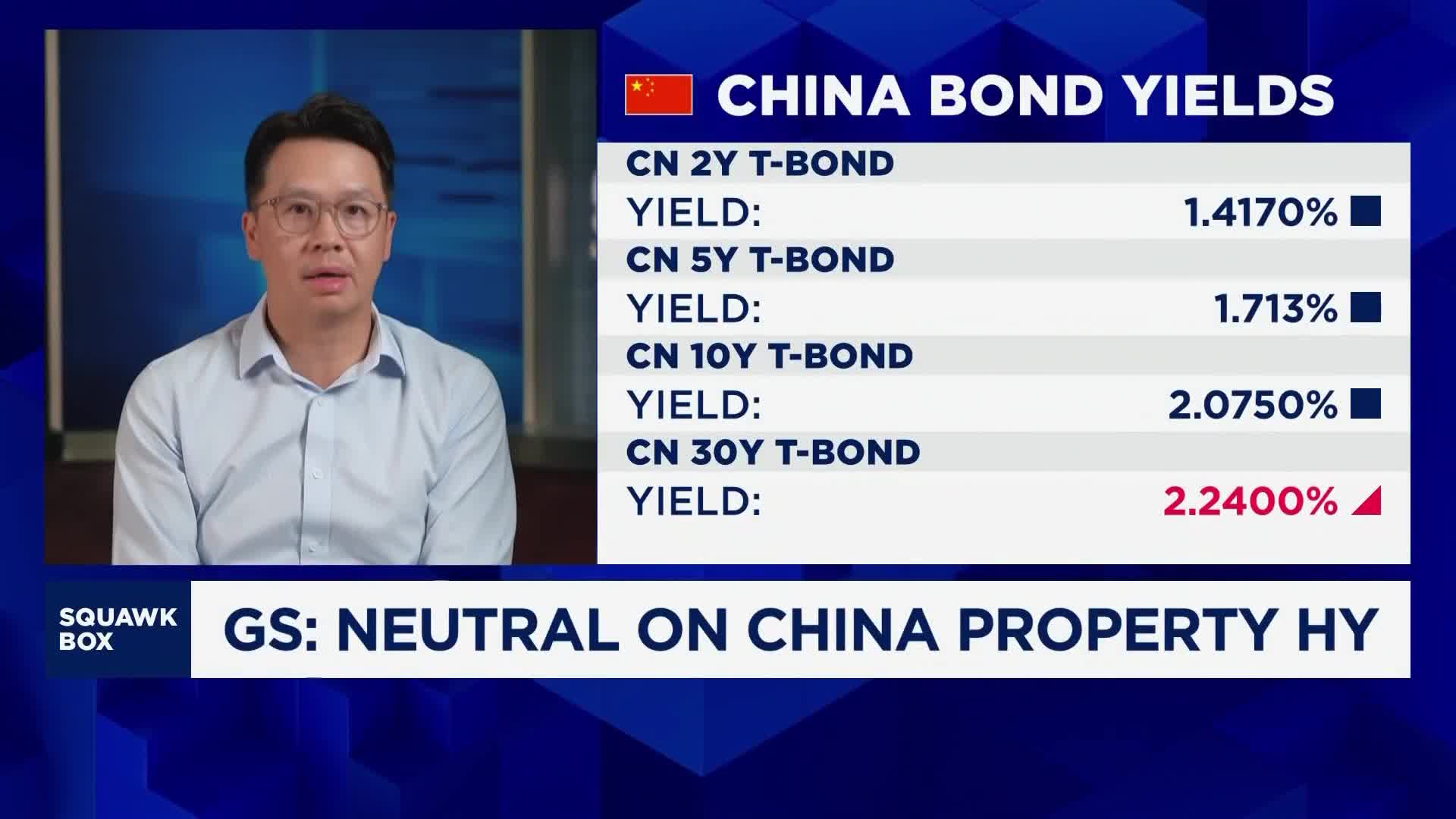BEIJING — China on Friday reported strong growth in retail sales and a decline in real estate investment in October, signaling that the country’s recent stimulus push has already worked to bolster certain sectors of its flagging economy.
Retail sales grew by 4.8% year-on-year, the National Bureau of Statistics said Friday. That was above the 3.8% forecasted in a Reuters poll, and a pickup from 3.2% growth in September.
Industrial production rose by 5.3% from a year ago, missing expectations of 5.6% growth. While fixed asset investment, reported on a year-to-date basis, rose by 3.4% from a year ago, slower than the 3.5% forecast.
Investment in real estate for the January to October period fell by 10.3% from a year ago, steeper than the 10.1% drop seen in the January to September period, as the country’s property slump worsens.
It was the sharpest decline since a 10.9% dive was reported for the year-to-date period ending August 2021, according to official data accessed via Wind Information.
National Bureau of Statistics Spokesperson Fu Linghui, at a press conference on Friday, reiterated China’s pledge in late September to halt the real estate decline, and described the sector as seeing “active improvement,” according to a CNBC translation of the Chinese.
Looking ahead, real estate investment will likely stabilize and recover slightly in the next 12 to 18 months, said Bruce Pang, chief economist and head of research for Greater China at JLL.
He noted that sales of new properties narrowed their decline on a year-to-date basis in October versus September. The value of new properties sold fell by 20.9% in the first ten months of the year, better than the 22.7% drop as of September.
Meanwhile, infrastructure and manufacturing investments picked up slightly in the year-to-date period as of October, versus that of September.
The unemployment rate in cities ticked lower to 5%, down from 5.1% in September. Typically, the unemployment rate for young people ages 16 to 24 and not in school is released a few days after the broader jobless rate. That figure had ticked down to 17.6% in September, from a record high of 18.8% in August.
The statistics bureau credited the improvement in major economic indicators to the “acceleration” of existing policies and the “introduction of a raft of incremental policies in October.”
But it warned of persistent headwinds domestically and abroad, while calling for the country to “double” policy implementation efforts so as to achieve the annual growth target.
Chinese authorities have ramped up stimulus announcements since late September, fueling a stock rally. The central bank has cut interest rates and extended existing real estate support.
On the fiscal front, the Ministry of Finance last week announced a five-year 10 trillion yuan ($1.4 trillion) program to address local government debt problems, and hinted more fiscal support could come next year.

Manufacturing surveys indicated a pickup in activity last month, while exports surged at their fastest pace in more than a year.
Imports, however, fell as domestic demand remained soft. The core consumer price index that strips out more volatile food and energy prices rose by 0.2% in October from a year ago, modestly better than the 0.1% increase seen in September.
Beyond a trade-in program to encourage car and home appliance sales, Beijing’s stimulus measures have not targeted consumers directly.
China’s Golden Week holiday in early October affirmed a trend in more cautious consumer spending, but several consultants said that sales during the Singles Day shopping festival, which recently ended, had beat low expectations.
The country’s gross domestic product in the first three quarters of the year grew by 4.8%. The country has set a target of around 5% growth for the year.

